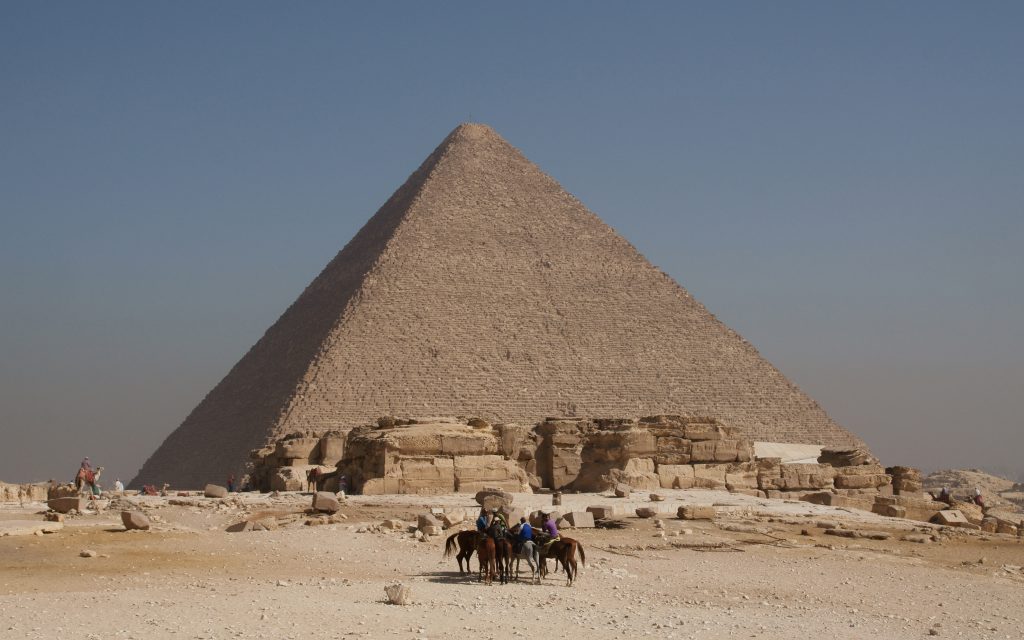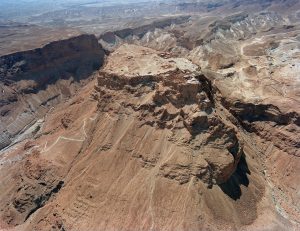I think that it is a given that humans have a bit of a fascination with death and everything that comes after, that is, if one even believes that there is anything that comes after death. In fact, one can find that this fascination can even be seen in ancient human societies, and of all of them there is none that shows more fascination with the dead than the great society of ancient Egypt, which built great monuments and sculptures to the dead, wrote guides for the dead to use on their journey through the afterlife, and mummified bodies so that the “Ka,” which was their concept of the soul, could travel and exist in the afterlife.

One of the most well known things about the ancient Egyptians are their mummies; but what exactly are mummies? They are not the man killing monsters that Hollywood films have come to portray them as, but are rather simply the preserved and mummified remains of a person. This leads us to the next question: why mummify the dead? The reason the dead where mummified is simple: without the body, the Ka cannot exist and the Ka is what allows one to travel and live in the afterlife.
The Ka itself is very much like the Christian concept of the soul, which is believed to go either to heaven or hell after death.1 According to Egyptian culture and religion, the Ka is the spirit-body. However, in order for it to exist, it must also have a physical body. So to insure that the dead would be able to go to the afterlife, the body was mummified so that it might stay behind as the Ka moved on to the afterlife.
While the Egyptians mummified the bodies to be sure that the Ka had a physical form in which it could reside, there was still an issue: tomb raiders. Tomb raiders plundered tombs and took the bodies of the dead, or defiled them, causing the Ka to become separated from its physical form. It is important to keep in mind that this was not really an issue for the poor members of society, but for the elite and pharaohs of ancient Egypt this was quite important.2
It is for this reason that the high elite of Egyptian society—mostly the pharaohs—had statues made and sculpted in their image. They believed that, if their tomb was raided and something happened to their body, the Ka simply moved from the body to the statue, which became the new physical form in which the Ka resided.3
Egyptian funerary texts are another aspect of the Egyptian culture that exhibits a fascination for the dead in ancient Egyptian culture. The funerary texts, called “Per en Bru” by the Egyptians, roughly translates to the Coming of Days. The texts themselves were very unique, each created with the intent of helping the deceased travel through the afterlife.4 In a sense, funerary texts were a kind of general guide or handbook, which consisted of a multitude of spells and information on the afterlife that was believed to help the Ka on its way to the new life.

Another thing that shows how fascinated the Egyptians were with the dead can be found in urns and canopic jars. It was not until the first explorations of the Egyptian tombs that archaeologist came to find the canopic jars, and it was not until they were opened that archaeologists learned that within these jars were the preserved organs of the dead.5 It was only due to the discovery of the funerary texts that archaeologists learned the reason for this. What was learned was that the organs were placed into the jars so that the Ka would be able to take them to the afterlife. However, not all organs were preserved in these jars, and not all of the ones that were preserved served a practical use. One example of this is the heart. In fact, the funerary texts detail how the Ka would carry the heart to Anubis, who would then place it on a scale to be weighed against a feather of Ra. Once place on the scale, the trial of judgement would begin; now there are some important things to know about this trial; first, the feather of Ra symbolizes purity and perfection; second, the heart represents the soul or Ka, so when the heart was placed on the scale, if it weighed more than the feather, that meant that the Ka was not pure, and Anubis would have his beast devour the heart, thus erasing the Ka. However, if the heart weighed less than the feather, that meant that the Ka was pure and could move on to its new live in the afterlife.
- Erik Hornung, The Ancient Egyptian Books of the Afterlife, David Lorton, translator (Cornell University Press, 1999), 154. ↵
- Jan Assmann, Death and Salvation in Ancient Egypt (Cornell University Press, 2005), 105. ↵
- Henri Frankfort, Ancient Egyptian Religion: An Interpretation (Courier Corporation, 2012), 96. ↵
- John H. Taylor, Death and the Afterlife in Ancient Egypt (University of Chicago Press, 2001), 196. ↵
- Ann Rosalie David, Handbook to Life in Ancient Egypt (London: Oxford University Press, 1999), 152. ↵



87 comments
JL
Very well written and researched. I found the topic of the “Ka” to be of specific interest. Keep up the great work!
QB
A very thought provoking topic, I definitely agree with the point that a lot of people are fascinated by death and what happens afterwards. There is still so much more we can learn about the Egyptian culture and how it is strikingly parallel with some of today’s beliefs. Great Job!
Elisabeth
Very interesting topic and it truly does sound similar to the Christian beliefs. I was always taught that one should not be cremated, as to preserve the body for the afterlife. Great perspective!
Stephen Dicks
Well written article! It helped history come alive for me, thank you!
N Riley
Well written article on a very interesting topic. It was interesting to learn of weighing the heart against a feather to determine purity.
Johnny Thompson
Awesome job!! I often wondered myself, why anyone would ever consider mummifying ones remains. The information on the funerary texts was very interesting as well. I think there will always be a fascination with the afterlife and your article has done a great job explaining the Egyptian belief.
Nicole "Cole" Spears
Great article! Thank you for making relevant comparisons between the Egyptian culture and how Christians view life beyond death. You provided wonderful examples on how Egyptians left a huge impact on history for many years to come. Thank you!
Greg L.
Well-written article. First time I had actually heard the concept of the soul referred to as the Ka. Good job.
James H.
Very interesting perspective on the topic. I enjoyed reading your take on Ancient Egyptians’ relationship with their dead.
Edelia Corona
I love the way you put your perspective on this topic. The Ancient Egyptians and their practices are so intriguing to me! I knew that they removed the organs of the mummy but I did not know why. The Ka is relatively a new concept for me and I like how you took the time to explain it in this article. It shows how well educated you are on a subject when you can break something down so others can understand. It seems extremely unreasonable how they would weigh a feather and a heart to let the spirit pass on to the afterlife. Did anyone actually pass this test? Thank you for sharing this article with us! Keep up the good work!